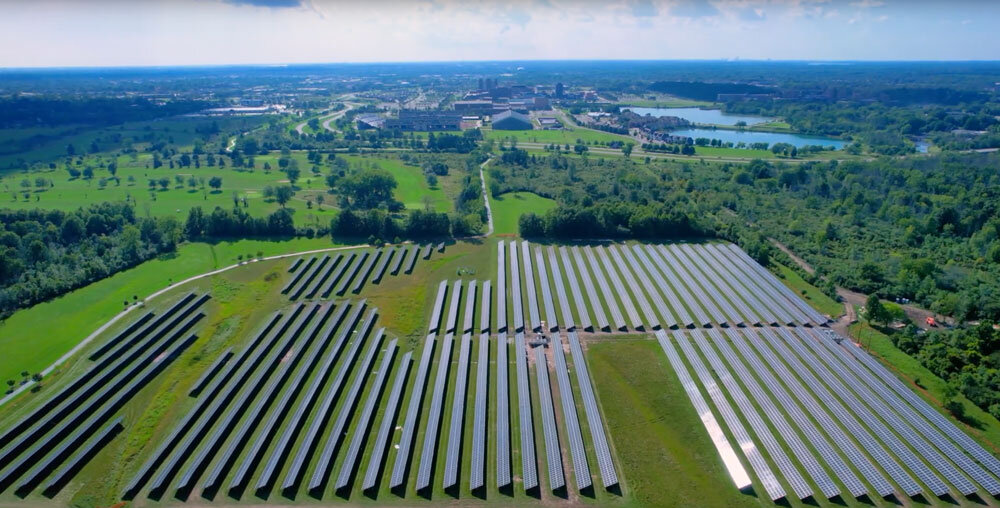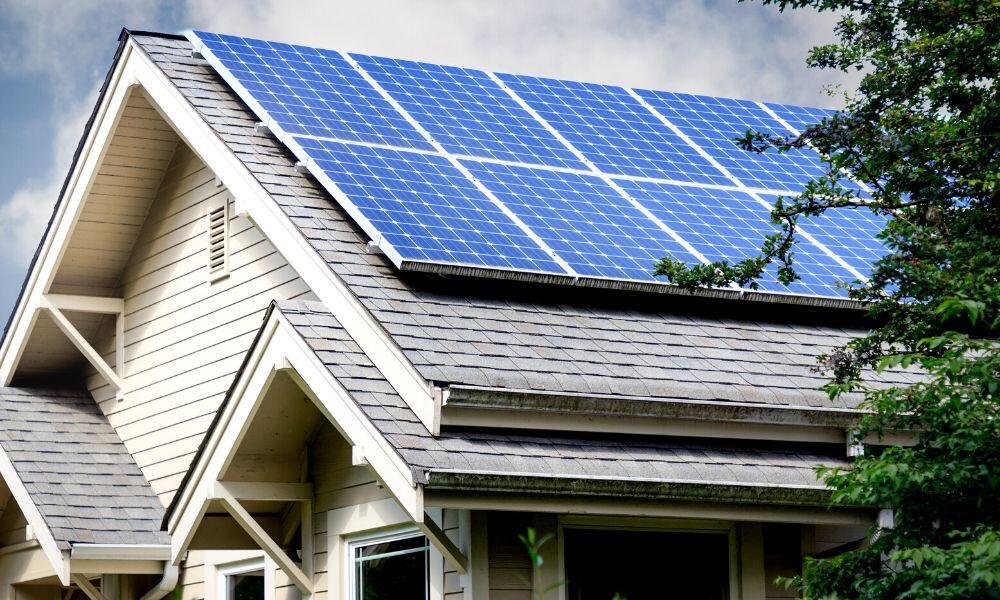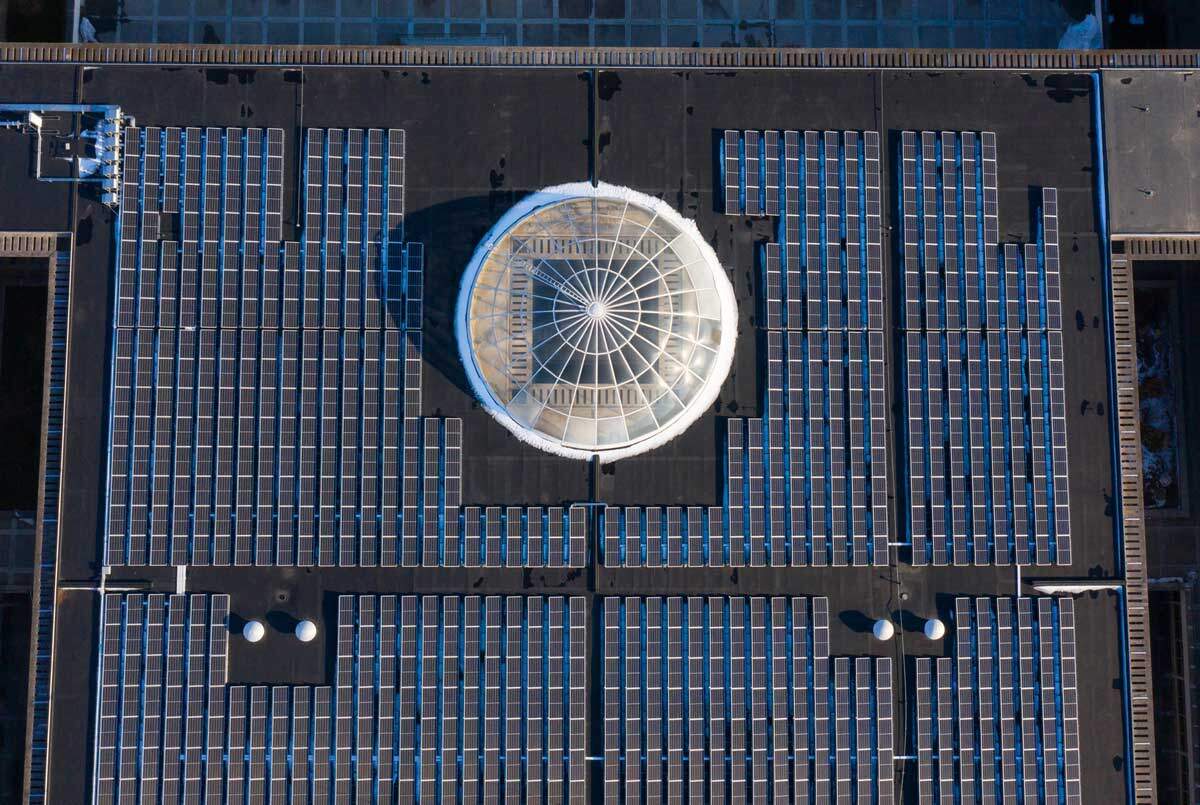Catholic cemetery in West Babylon proposes large-scale solar energy project
from Newsday – http://www.newsday.com/
Catholic cemetery in West Babylon proposes large-scale solar energy project
West Babylon, NY (May 13, 2014)
A Roman Catholic cemetery in West Babylon has become the latest site proposed for a solar energy farm, as scores of medium and large-scale solar projects are envisioned for Long Island’s landfills, warehouse roofs and other underused sites in a push to grow the region’s renewable energy portfolio. The cemetery will host 9 megawatts of capacity that will be spread over 33,000 photovoltaic panels, making it the second-largest array in New York State after the 32-megawatt project at Brookhaven National Lab, developers say. “We like to be good stewards of our land and we try to manage our properties in as efficient a manner as possible,” said Randy Van Yahres, director of planning and development for the nonprofit St. John’s Cemetery, which manages the site, known as St. John’s Annex.
The project could come online by early next year, but still needs town approvals. The town board has scheduled a May 19 public hearing on a law that would amend town code to allow solar energy farms greater than 50 acres in some areas. Few locations in Babylon would be suitable for a project of this size, said town planning director Ann Marie Jones. “We’re mostly developed, so this is a real opportunity. We don’t have a lot of vacant land.”
In recent months, the towns of Brookhaven, Riverhead and East Hampton have expressed interest in similar deals for municipal land. North Hempstead dropped a plan for panels on two Port Washington landfills after residents’ concerns about building on top of the capped landfills. There are 18 graves on the 114-acre Annex tract, which is bounded by the Southern State Parkway, New Montefiore Cemetery, Edison Avenue and Straight Path. The land is mostly vacant, and Yahres estimates that it will be 120 years or more before the nearby St. Charles and Resurrection cemeteries, also managed by the nonprofit, fill up and the entire tract is needed for graves.
Solar is one of the few uses that would be both revenue-generating and nonintrusive, Yahres said. “We need to assure the privacy of people going through the visitation process. This makes no noise. It produces no glare,” he said, adding that a landscaped buffer zone will separate the graves from the panels.
The Annex is one of 69 projects recently awarded by PSEG under a program to encourage commercial solar development on Long Island. The utility guarantees purchase of 100 megawatts Islandwide at a fixed price for 20 years, said Michael Voltz, director of energy efficiency and renewables for PSEG.
Solar Liberty, the Buffalo company developing the Annex array, will earn up to $2.4 million a year, assuming peak capacity. Solar Liberty will pay rent to St. John’s Cemetery over the 20-year term of the agreement. Neither would disclose the rent.
“Cemeteries are the only business that services what they sell forever, in terms of maintenance, keeping up the graves, and that requires a constant stream of revenue,” said Robert Fells, executive director of the International Cemetery, Cremation and Funeral Association, a trade group. “If you can generate some income to help in its purpose without in any way losing the character or dignity of the cemetery, why not?”




